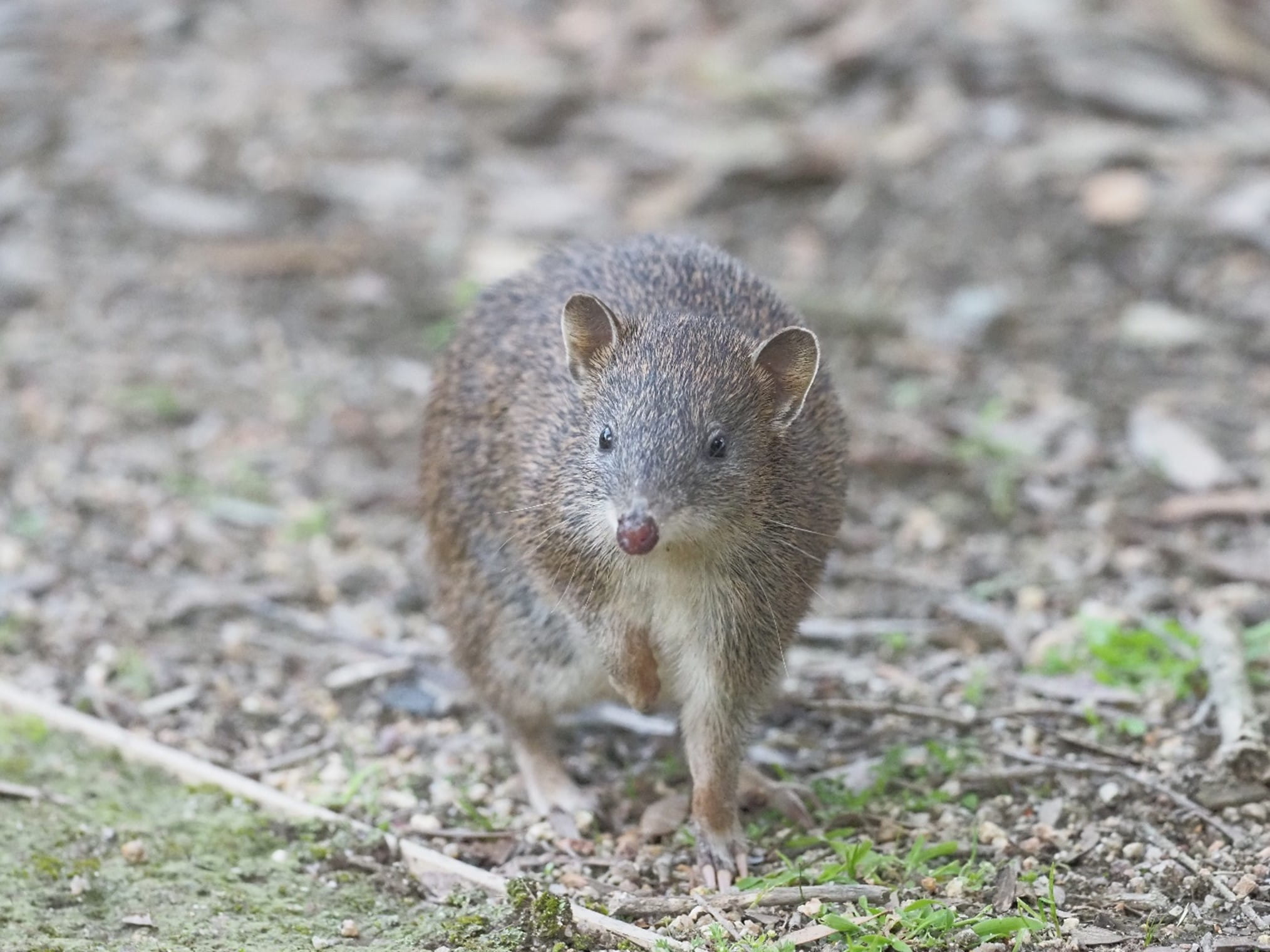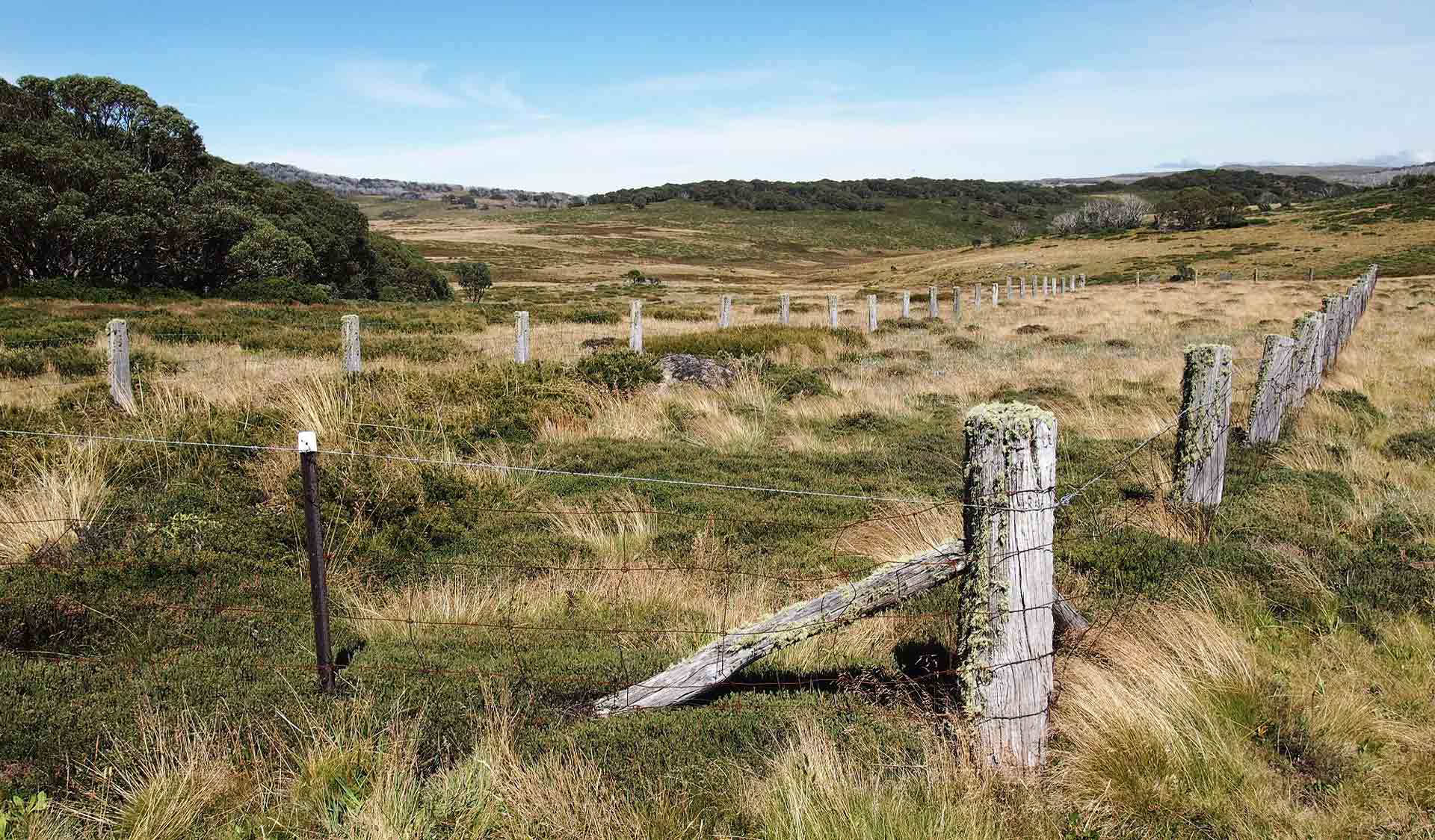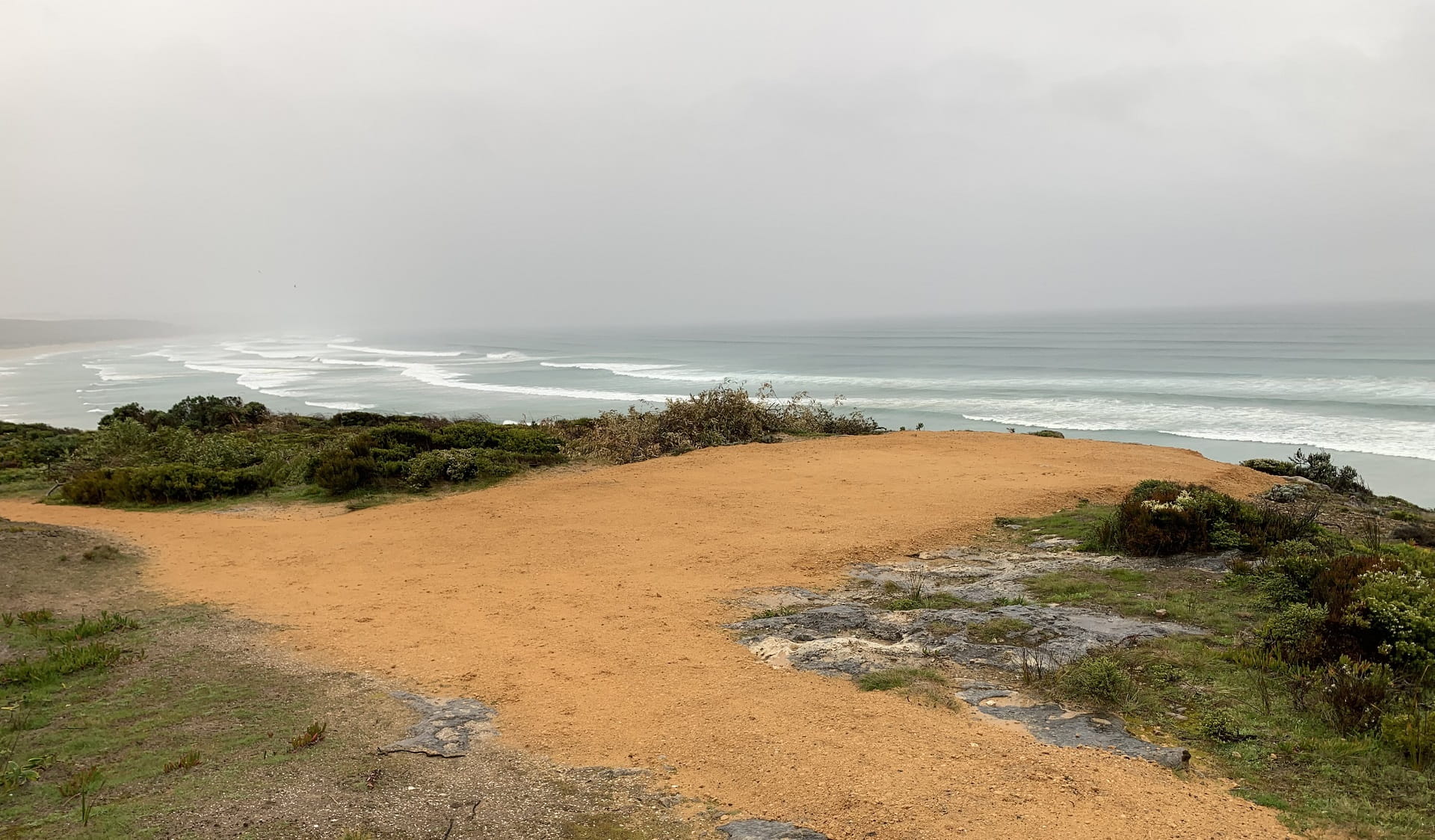Saving a species on the brink: Protecting the Southern Brown Bandicoot from extinction in Gippsland, Victoria
Thursday 18 January, 2024
Key Points
• The Southern Brown Bandicoot has suffered major losses in its range. One of the last strongholds near Melbourne (Australia) is within the southeastern growth corridor.
• Parks Victoria is in its final year of a decade long project to protect this endangered marsupial.
• Conservation work on the ground is helping the species bounce back, but more can be done.
One of the best indicators for their presence are their sparkly poop, thanks to the numerous beetles that make up their diet. Image credit: Ricardo Simao
Could you imagine digging up and turning over almost four metric tonnes of soil every year? Collectively, it’s an amount that is equivalent to a hippo in terms of weight. It’s quite the slog, but the Southern Brown Bandicoot (Isoodon obesulus obesulus) is masterful at digging for its favourite prey underneath the moist ground. With large, blunted claws that look a little bit like Freddy Kreuger’s metal gloves, this rabbit-sized omnivore primarily hunts for truffle-like fungi.
The Southern Brown Bandicoot is considered endangered in Victoria. Populations are cryptic and notoriously difficult to monitor. Parks Victoria and several partners are nearing the end of a ten-year project with the aim of protecting this unique marsupial in several areas on Bunurong Country, an Aboriginal cultural landscape of the Bunurong People in Gippsland. But why is this adorable marsupial in trouble? A clue lies in its overall size.
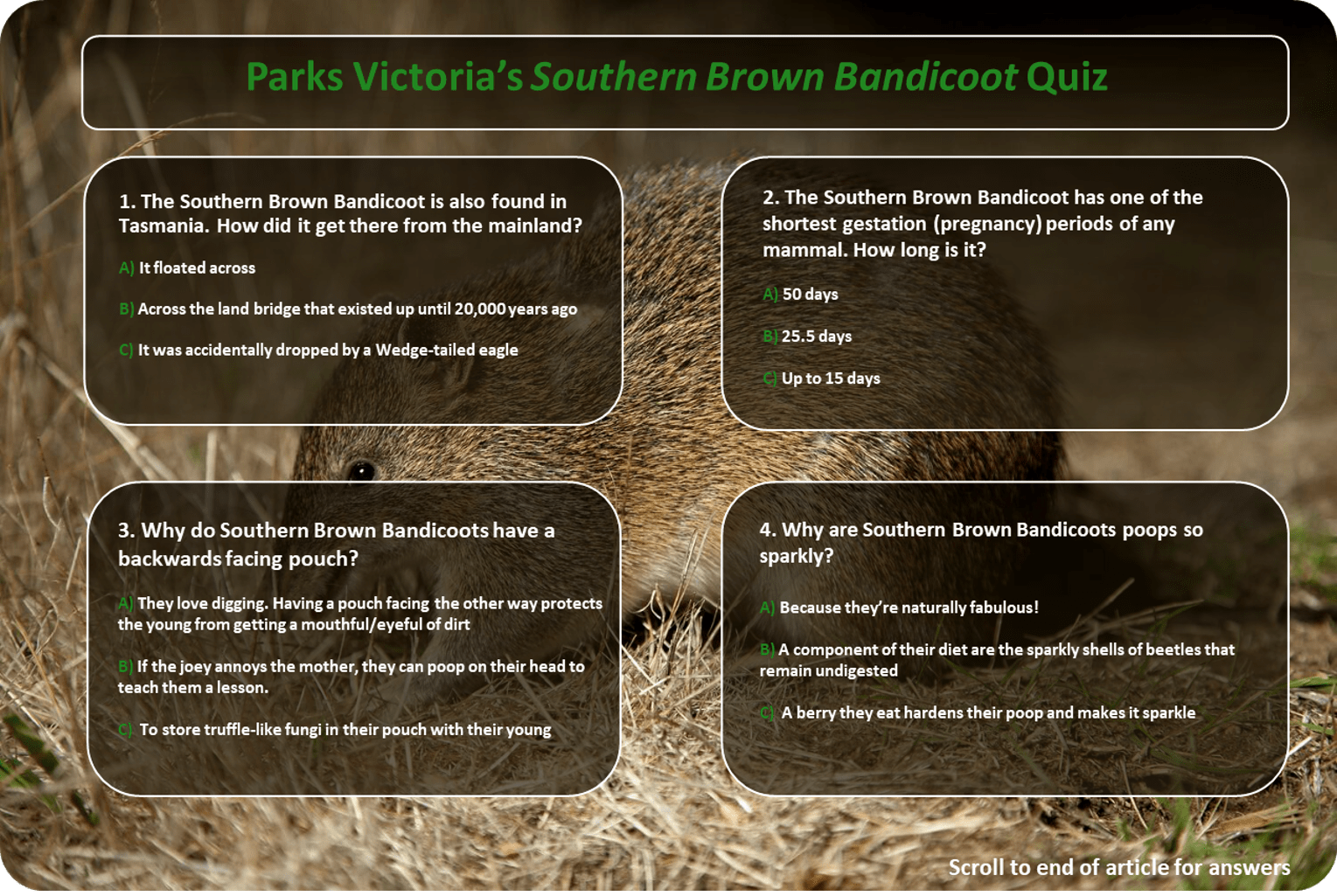
The perfect snack size
Despite bandicoots once being widespread across all of Australia, most Victorians have never seen one. In the last 70 years, almost all the 20 known species have seen major range reductions, especially on mainland Australia where some species have even become extinct.
Humans are heavily implicated. In a 1994 article, scientists found that at least 58,000 bandicoots were killed in New South Wales between 1883 and 1920 for their soft fur. By far one of the biggest issues for Southern Brown Bandicoots in Victoria, however, are invasive predators.

Sophie McCracken Evans, District Project Officer for Parks Victoria’s Southern Brown Bandicoot Protection Program, explains: “Predation is the biggest threat. Southern Brown Bandicoots are in the critical weight range that are the perfect snack size for feral cats and foxes”.
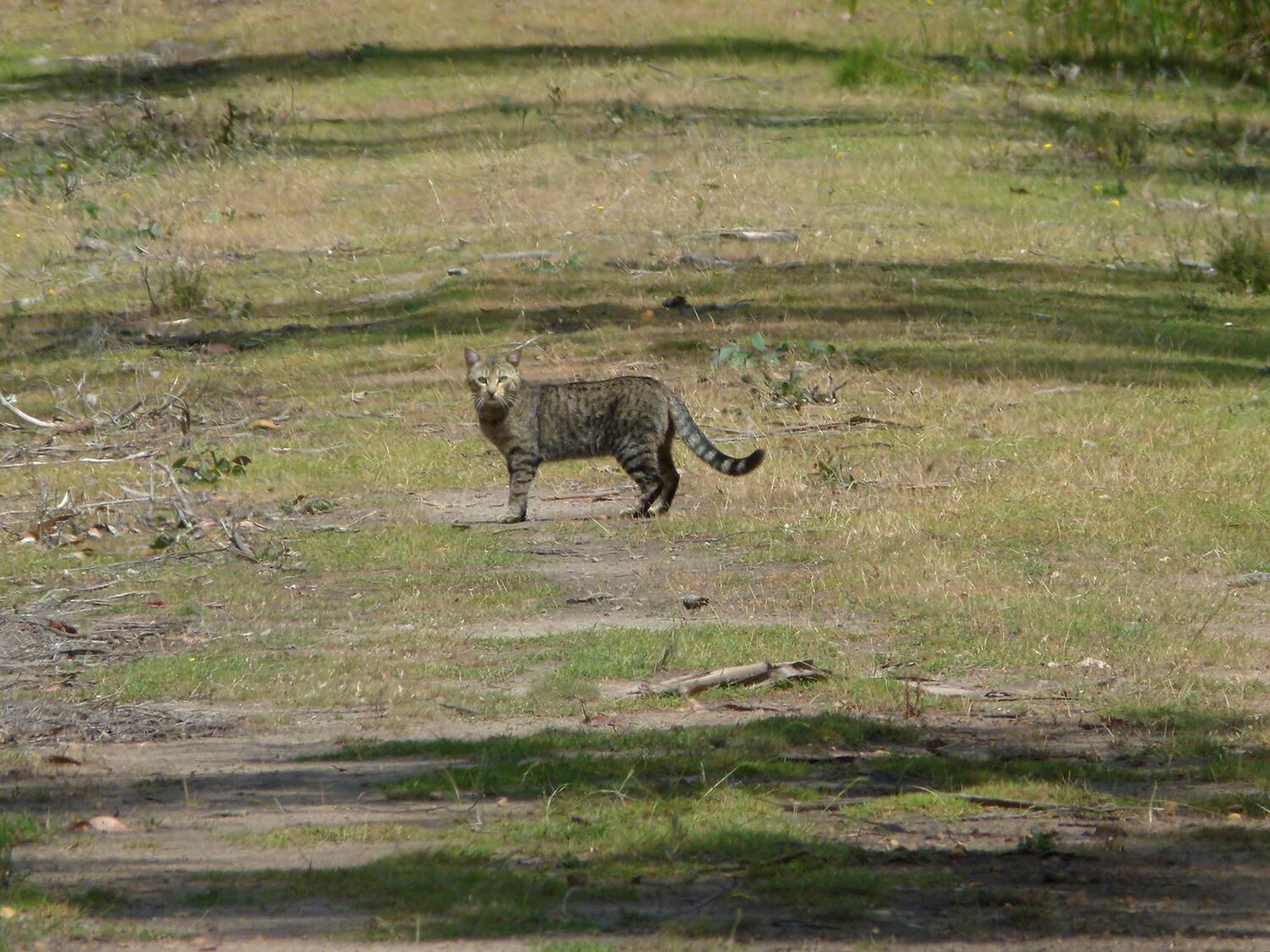
Native animals that weigh between 35 grams to 5.5 kilograms have experienced the highest extinction rates in Australia throughout the last 200 years. Image credit: Museums Victoria.
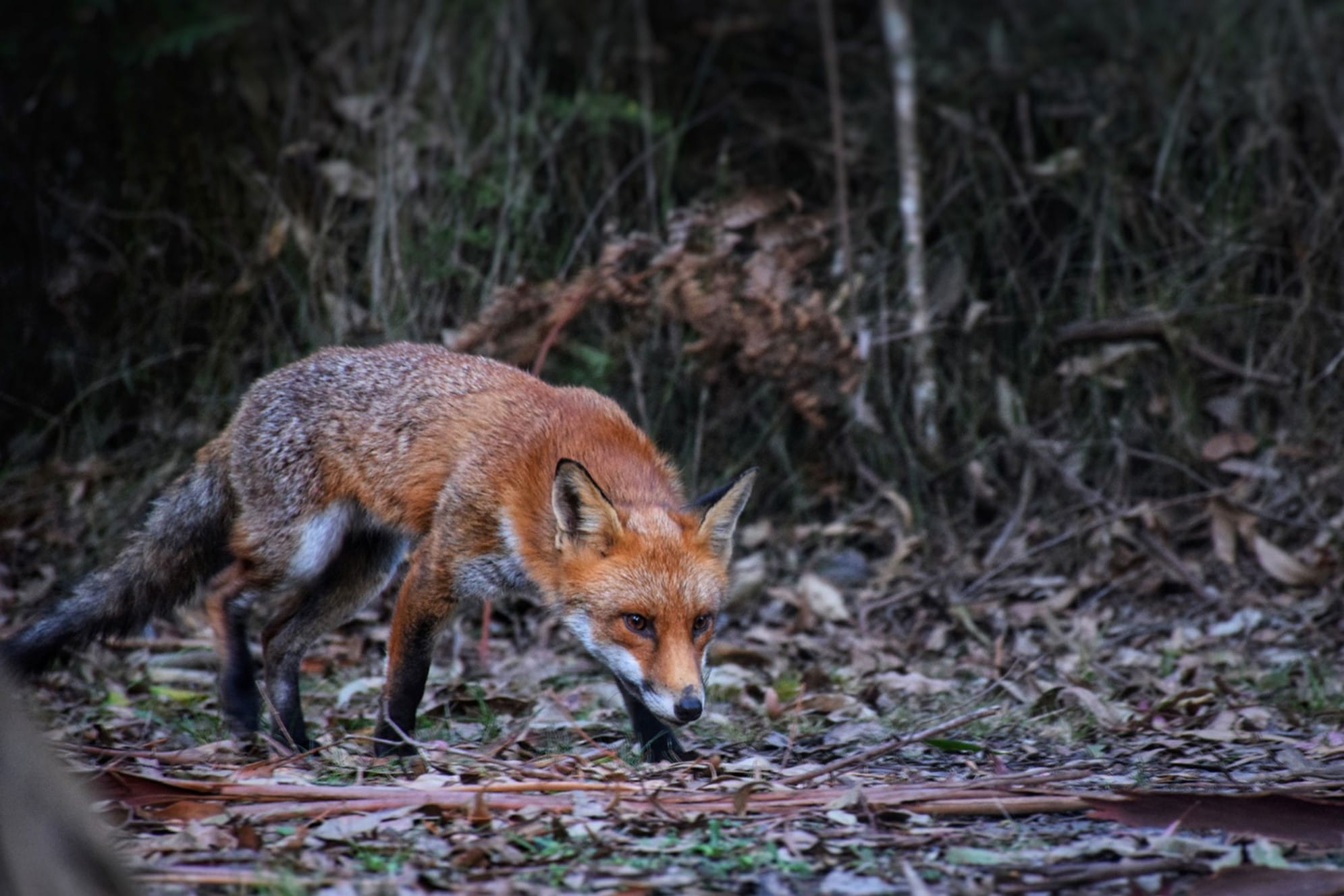
Many ecologists consider feral cats and Red foxes to be the most damaging invasive species ever released in Australia. Since November 2013, 571 foxes have been culled through the project. Image credit: Wikipedia commons, user Shylu007.
On other threats to the Southern Brown Bandicoot, Sophie remarks: “Unfortunately, historic, and ongoing land clearing for development is significantly reducing dense vegetation for their habitat. The presence of deer, feral pigs and even humans inadvertently disturbing these areas by mountain biking and horse riding, can damage their home”. Due to their appearance, some people can confuse them for rats, which has led to people accidentally poisoning them with rat bait.

Although they may look superficially similar, bandicoots (left) and rats (right) last shared a common ancestor more than 160 million years ago. Image credit (of a Southern Brown Bandicoot): John O’Neil.
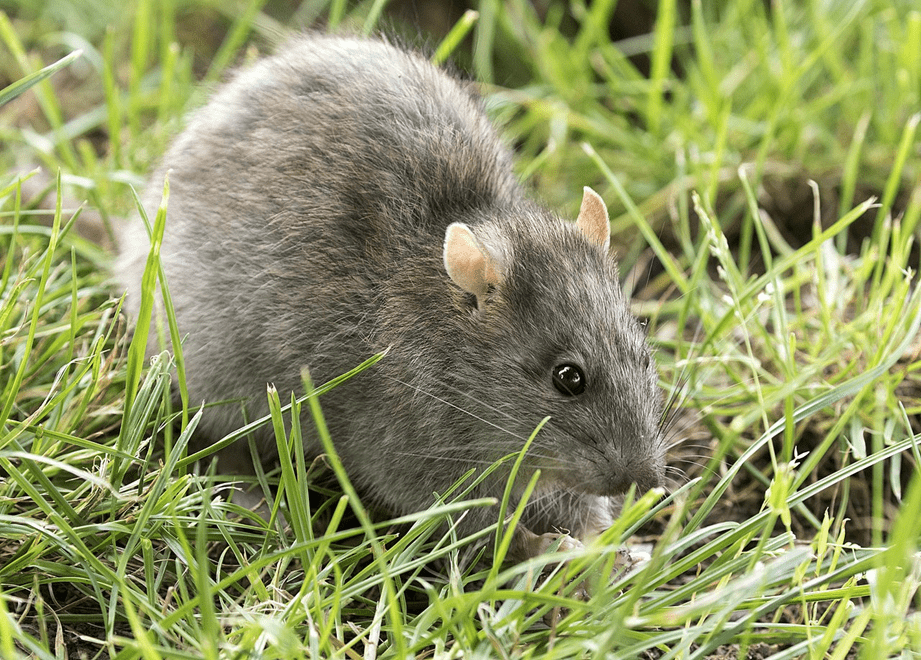
The Brown rat (Rattus norvegicus) has spread to all continents except Antarctica. Image credit: Zeynel Cebeci.
Parks Victoria’s commitment
Reflecting on the last few years of the program and its success, Sophie remarks: “We’ve been working with our partners to control fox populations for almost 10 years and up to 60 foxes across two reserves are culled each year. Earlier this year we worked with Phillip Island Nature Parks’ fox detection dogs to collect fox scats, which were then eDNA tested. Our contractors are also collecting the gut contents of foxes, which I’m then sending to Deakin University for analysis. These two monitoring methods help us to determine if this endangered species is still on the menu.”
But a key target for Sophie is public engagement. “A lot of people don’t know bandicoots even exist or have only heard of them because of the Crash Bandicoot game. Many people on the Bass Coast have become familiar with the successful story of the Eastern Barred Bandicoot on Phillip Island but it means they are assuming the bandicoot population is relatively stable now. Southern Brown Bandicoots, however, are a very different species”.
Earlier in the year, Sophie worked with Korumburra Secondary College Year 8 classes through the Broadening Horizons program on bandicoot education. “Students came out to one of our reserves to set up cameras and then looked through these images back at school. All the cameras had bandicoots on them".
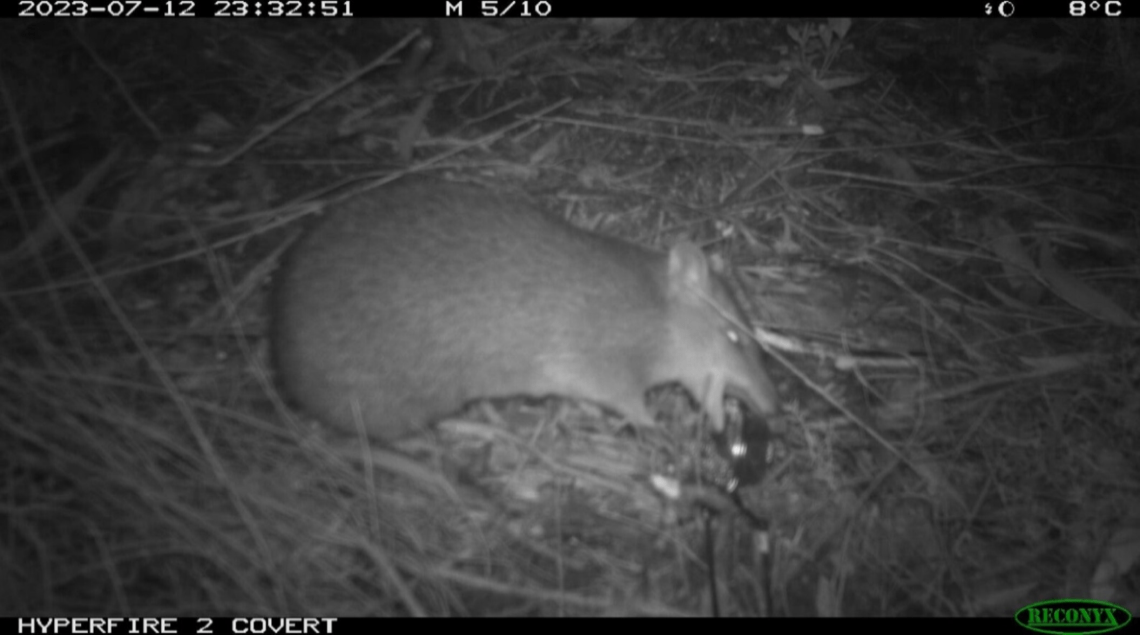
What can you do in your own backyard?
“For me, knowledge is key to helping people want to conserve this species. Without bandicoots, we could lose species of fungi and crucial nutrients that support soil health, leading to ground-fuel building up and increasing fire risk,” Sophie says. The best way to help is to get involved, and there are some simple things anyone can do if you live in a known bandicoot area:
1) Record sightings on iNaturalist. Take a photo of a bandicoot or its diggings and upload it to this extensive citizen science database. Knowing where they are can inform future conservation management plans.
2) Plant bandicoot-friendly gardens. Native plants, especially dense grasses and shrubs are critical habitat for these small marsupials. For more information, check out this link on the Royal Botanic Garden website.
3) Keep cats indoors and ensure your dogs are on a lead in all reserves and observe local signage. For more information on dogs in Parks Victoria estates, read out our latest article.
4) Stick to the tracks when in reserves – riding or walking off track can spread disease and weeds and alter bandicoot habitat.
Answers to Bandicoot Quiz: 1) B, 2) C, 3) A, 4) A+B
Parks Victoria are working on a 10-year Southern Brown Bandicoot (SBB) Projection Program which is funded in part by the Department of Transport and Planning and in its final year. Partners include the Cranbourne Botanical Gardens, Bass Coast Landcare Network, Bass Coast Shire Council, the City of Casey, Cardinia Shire Council, Western Port Biosphere, DEECA, Ecology and Heritage Partners, Zoos Victoria, and Deakin University.


